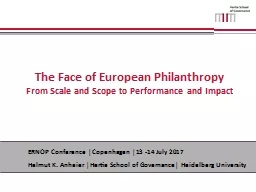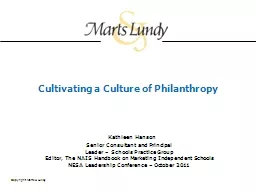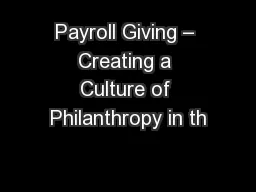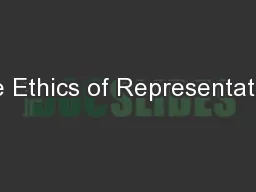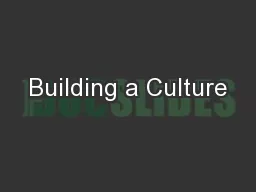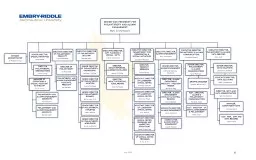PPT-The Face of European Philanthropy
Author : tatyana-admore | Published Date : 2018-09-30
From Scale and Scope to Performance and Impact ERNOP Conference Copenhagen 13 14 July 2017 Helmut K Anheier Hertie School of Governance Heidelberg University
Presentation Embed Code
Download Presentation
Download Presentation The PPT/PDF document "The Face of European Philanthropy" is the property of its rightful owner. Permission is granted to download and print the materials on this website for personal, non-commercial use only, and to display it on your personal computer provided you do not modify the materials and that you retain all copyright notices contained in the materials. By downloading content from our website, you accept the terms of this agreement.
The Face of European Philanthropy: Transcript
Download Rules Of Document
"The Face of European Philanthropy"The content belongs to its owner. You may download and print it for personal use, without modification, and keep all copyright notices. By downloading, you agree to these terms.
Related Documents

